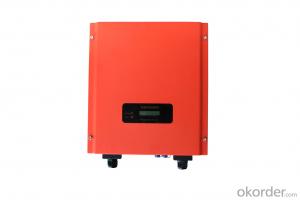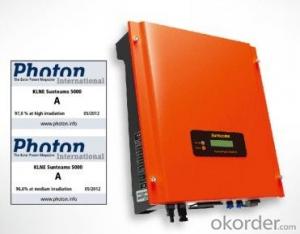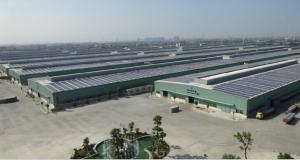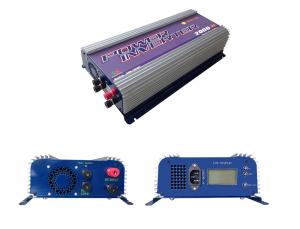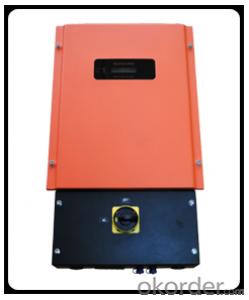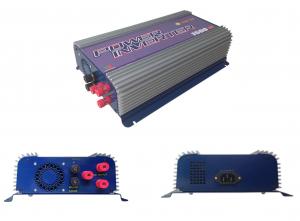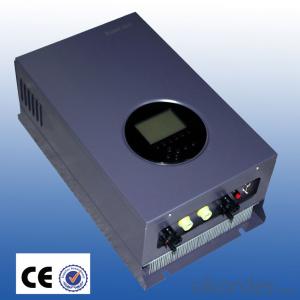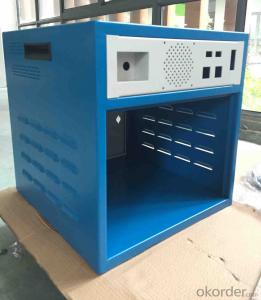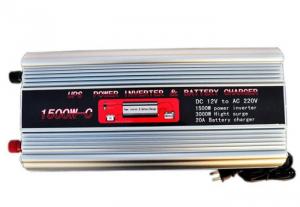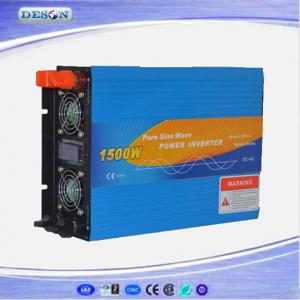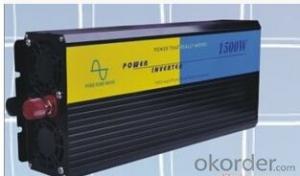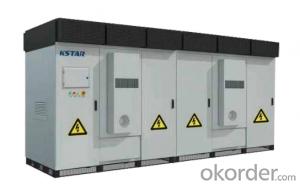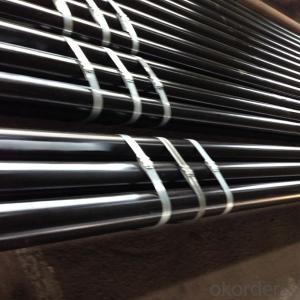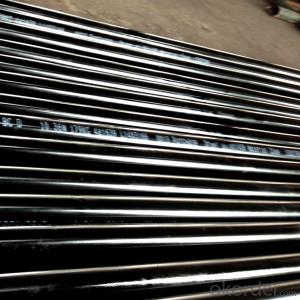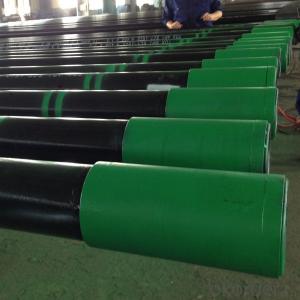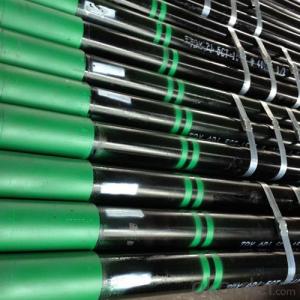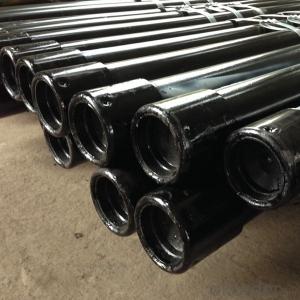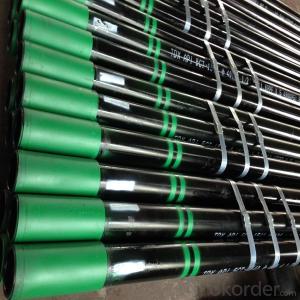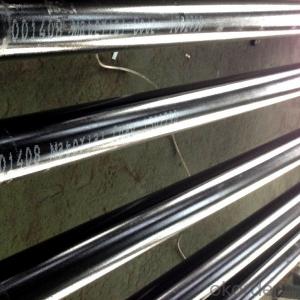Sunteams 1500 Inverter
Sunteams 1500 Inverter Related Searches
1500 Watt Solar Inverter 1500 Volt Solar Inverter 1500v Solar Inverter 1500w Solar Inverter 1500 Watt Solar Power Inverter Solar 1500 Watt Power Inverter Solar Power Inverter 1500w Solar Inverter 1500w Price 150 Watt Solar Inverter 15kw Solar Inverter 150 Kw Solar Inverter Solar 15kw Inverter 15 Kw Solar Inverter Solar 150 Watt Power Inverter 15kw Inverter Solar 15 Kva Solar Inverter 1.5 Kw Solar Inverter 15kva Solar Inverter 1.5kw Solar Inverter 15kw Solar Hybrid Inverter 15kw Hybrid Solar Inverter 15 Kw Hybrid Solar Inverter 1.5 Kva Solar Inverter 15kw Solar Inverter Price Suntech Solar Inverter Sunpower Solar Inverter 15 Kw Solar Inverter Price Sunways Solar Inverter 15 Kva Solar Inverter Price Solar Inverter 1.5kw PriceSunteams 1500 Inverter Supplier & Manufacturer from China
The Sunteams 1500 Inverter is a high-quality power conversion device that is designed to convert DC power to AC power. This versatile inverter is equipped with advanced features and is known for its reliability and efficiency. It is suitable for a wide range of applications, making it an ideal choice for various industries and households. The product is designed to handle different power requirements, ensuring that it can cater to the needs of various electronic devices and appliances.The Sunteams 1500 Inverter is widely used in various scenarios, such as powering home appliances, charging electronic devices, and providing backup power during emergencies. It is particularly useful for outdoor activities, such as camping and boating, where access to a stable power source may be limited. This inverter is also commonly used in commercial settings, such as powering office equipment, medical devices, and industrial machinery. Its ability to provide a stable and reliable power supply makes it a valuable asset in any situation where power is needed.
Okorder.com is a reputable wholesale supplier of the Sunteams 1500 Inverter, offering a large inventory of this product to cater to the needs of various customers. As a trusted supplier, Okorder.com ensures that the inverter is available at competitive prices and is backed by excellent customer service. This makes it an ideal platform for businesses and individuals looking to purchase the Sunteams 1500 Inverter in bulk or for personal use.
Hot Products
